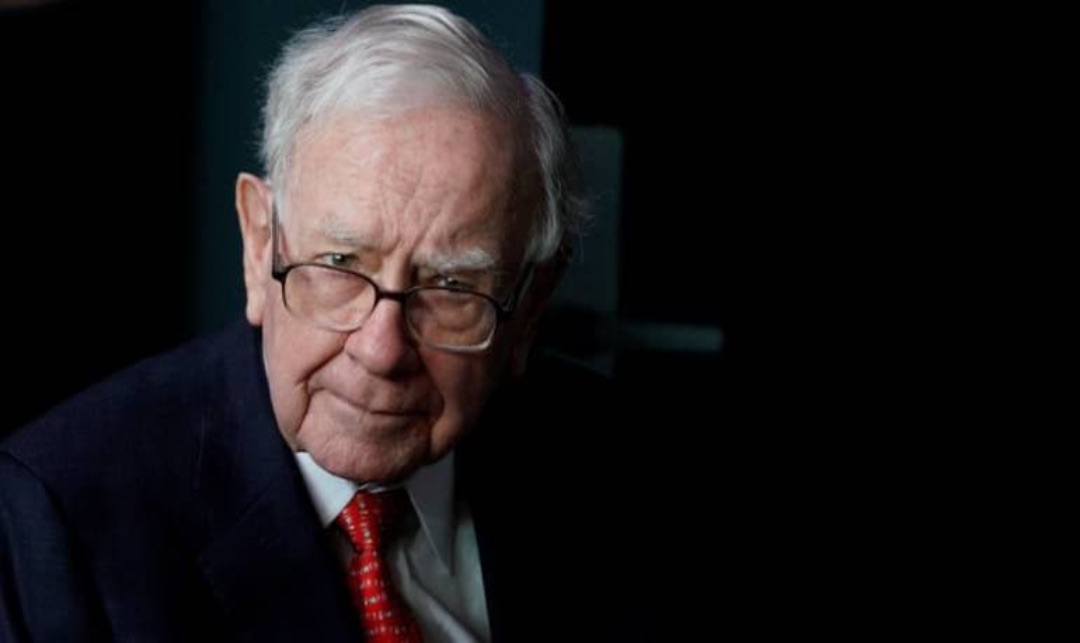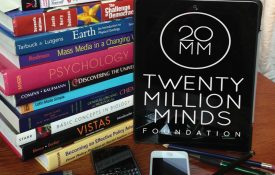More than 2,000 books are dedicated to how Warren Buffett built his fortune. Many of them are wonderful. But few pay enough attention to the simplest fact: Buffett’s fortune isn’t due to just being a good investor, but being a good investor since he was literally a child.
As I write this, Warren Buffett’s net worth is $80 billion. Of that, $19.7 billion was accumulated after his 50th birthday. $70 billion came after he qualified for Social Security, in his mid-60s.
Warren Buffett is a phenomenal investor. But you miss a key point if you attach all of his success to investing acumen. The real key to his success is that he’s been a phenomenal investor for three-quarters of a century. Had he started investing in his 30s and retired in his 60s, few people would have ever heard of him.

Released on September 8, 2020, The Psychology of Money is available for preorder now.
Consider a little thought experiment.
Buffett began serious investing when he was 10 years old. By the time he was 30 he had a net worth of $1 million, or $9.3 million adjusted for inflation.
What if he was a more normal person, spending his teens and 20s exploring the world and finding his passion, and by age 30 his net worth was, say, $25,000?
And let’s say he still went on to earn the extraordinary annual investment returns he’s been able to generate (22% annually), but quit investing and retired at age 60 to play golf and spend time with his grandkids.
What would a rough estimate of his net worth be today?
Not $80 billion.
$11.9 million.
99.9% less than his actual net worth.
Effectively all of Warren Buffett’s financial success can be tied to the financial base he built in his pubescent years and the longevity he maintained in his geriatric years.
His skill is investing, but his secret is time.
That’s how compounding works.
Think of this another way. Buffett is the richest investor of all time. But he’s not actually the greatest—at least not when measured by average annual returns.
You can’t blame people for devoting all their effort—effort in what they learn and what they do—to trying to earn the highest investment returns. It intuitively seems like the best way to get rich.
Jim Simons, head of the hedge fund Renaissance Technologies, has compounded money at 66% annually since 1988. No one comes close to this record. As we just saw, Buffett has compounded at roughly 22% annually, a third as much.
Simons’ net worth, as I write, is $21 billion. He is—and I know how ridiculous this sounds given the numbers we’re dealing with—75% less rich than Buffett.
Why the difference, if Simons is such a better investor? Because Simons did not find his investment stride until he was 50 years old. He’s had less than half as many years to compound as Buffett. If James Simons had earned his 66% annual returns for the 70-year span Buffett has built his wealth he would be worth—please hold your breath—sixty-three quintillion nine hundred quadrillion seven hundred eighty-one trillion seven hundred eighty billion seven hundred forty-eight million one hundred sixty thousand dollars.
These are ridiculous, impractical numbers. The point is that what seem like small changes in growth assumptions can lead to ridiculous, impractical numbers. And so when we are studying why something got to become as powerful as it has—why an ice age formed, or why Warren Buffett is so rich—we often overlook the key drivers of success.
I have heard many people say the first time they saw a compound interest table—or one of those stories about how much more you’d have for retirement if you began saving in your 20s versus your 30s—changed their life. But it probably didn’t. What it likely did was surprise them, because the results intuitively didn’t seem right. Linear thinking is so much more intuitive than exponential thinking. If I ask you to calculate 8+8+8+8+8+8+8+8+8 in your head, you can do it in a few seconds (it’s 72). If I ask you to calculate 8x8x8x8x8x8x8x8x8, your head will explode (it’s 134,217,728).
The danger here is that when compounding isn’t intuitive we often ignore its potential and focus on solving problems through other means. Not because we’re overthinking, but because we rarely stop to consider compounding potential.
None of the 2,000 books picking apart Buffett’s success are titled This Guy Has Been Investing Consistently for Three-Quarters of a Century. But we know that’s the key to the majority of his success. It’s just hard to wrap your head around that math because it’s not intuitive.
There are books on economic cycles, trading strategies, and sector bets. But the most powerful and important book should be called Shut Up And Wait. It’s just one page with a long-term chart of economic growth.
The practical takeaway is that the counterintuitiveness of compounding may be responsible for the majority of disappointing trades, bad strategies, and successful investing attempts.
You can’t blame people for devoting all their effort—effort in what they learn and what they do—to trying to earn the highest investment returns. It intuitively seems like the best way to get rich.
But good investing isn’t necessarily about earning the highest returns, because the highest returns tend to be one-off hits that can’t be repeated. It’s about earning pretty good returns that you can stick with and which can be repeated for the longest period of time. That’s when compounding runs wild.















































